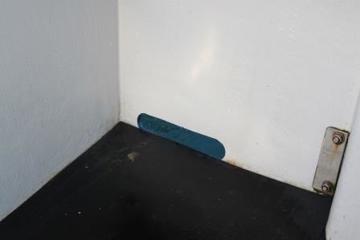Instability

Vessel stability refers to its ability to stay upright in water. Instability and overloading are underlying factors which have contributed to fatalities at sea.
What To Do
When in port or putting to sea:
- Ensure that the vessel is in as near upright position as practicable prior to departure.
- Identify and remove any unnecessary items fitted or stowed above the main deck and remove them ashore.
- Keep all necessary additional weights as low as possible on the vessel.
- Install a bilge alarm in all water spaces. Never disconnect the alarm. If alarms keep going off, find out why and fix it.
- Check bilge levels regularly and pump out when going to sea.
- Check bilge suction points to ensure they are free of obstruction.
- Ensure that deck freeing ports are in proper working order and deck drains are clear. Trapped water on deck creates a free surface and adds weight high up on the vessel.
- Avoid operating a vessel with a list.
- Do not modify your vessel (structure, machinery or fishing gear) without seeking expert advice on the effect on stability. The Marine Survey Office must be advised of and clear all alterations. See Marine Notice No. 35 of 2023.
- Never fit or remove ballast without professional advice.
- Stow as little as possible on deck (including the catch as loose fish on the deck has the same effect as water). Secure anything on deck.
- Never overload your vessel. An overloaded vessel will have little or no freeboard (the distance between the water and the working deck).
- Do no lift pots, nets, cod-ends etc. from unnecessarily high points as this could affect the vessel's centre of gravity.
- Secure hatch covers and companionways and keep wheelhouse doors and windows closed if there is a risk of accidental flooding.
- When working with gear such as trawls or dredges, arrange blocks as low as possible and near the centreline of the vessel.
